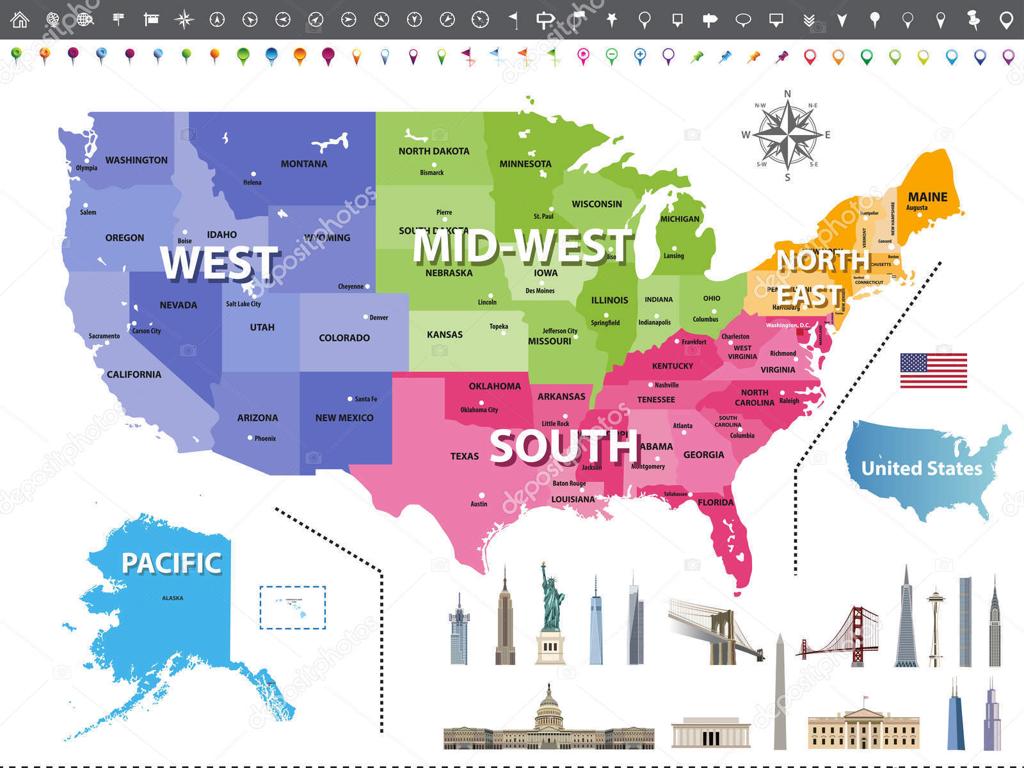The Kingdoms Of Kush
Subject: Social studies
Grade: Sixth grade
Topic: Ancient Egypt And Kush
Please LOG IN to download the presentation. Access is available to registered users only.
View More Content
Exploring Ancient Egypt and Kush
– Discovering ancient civilizations
– The bond between Egypt and Kush
– Kush and Egypt were trading partners and sometimes rivals.
– What is known about Ancient Egypt?
– Introducing the Kingdom of Kush
– Kush was a kingdom to the south of Egypt, rich in gold and culture.
|
This slide is an introduction to the ancient civilizations of Egypt and Kush, aiming to spark curiosity among sixth graders about the past. Start by discussing what students already know about Ancient Egypt, such as pyramids, pharaohs, and mummies. Then, introduce the Kingdom of Kush, highlighting its close relationship with Egypt, both through trade and conflict. Emphasize the importance of Kush in ancient history, its wealth in resources, and its cultural significance. This will set the stage for a deeper exploration of the two kingdoms and their interconnected histories.
Exploring The Kingdom of Kush
– Kush’s geographical setting
– Located south of Egypt along the Nile
– Overview of the Nubian Kingdom
– A powerful civilization known for rich culture and trade
– Interactions with Ancient Egypt
– Initially a vassal, later a rival and conqueror of Egypt
– Cultural and political influence
– Kushites adopted many Egyptian customs, influencing each other
|
The Kingdom of Kush was situated to the south of Ancient Egypt, along the fertile banks of the upper Nile River, an area now known as Sudan. It was an influential Nubian kingdom that thrived due to its strategic location for trade and its rich natural resources. The relationship between Kush and Egypt was complex; initially, Kush was a vassal state to Egypt, but it grew in power and eventually conquered Egypt, ruling it during the 25th Dynasty. Despite conflicts, the two civilizations shared cultural and religious practices, and the Kushites were seen as the protectors of Egyptian culture during foreign rule. This slide aims to give students a clear understanding of Kush’s geography, its rise as a significant power, and its intricate relationship with Ancient Egypt.
The Rise of Kush
– Early beginnings of Kush
– Originated along the Nile, south of Egypt
– Kushite culture and society
– Rich traditions, language, and customs
– Power of Kushite kings
– Rulers known for military might and diplomacy
– Wealth of the Kushite kingdom
– Prosperity from trade, mining, and fertile lands
|
This slide introduces students to the ancient civilization of Kush, which thrived along the Nile River. Discuss the early beginnings of Kush, highlighting its origins and initial development. Explore the rich cultural and societal aspects of the Kushite people, including their language, traditions, and way of life. Explain the power held by the Kushite kings, emphasizing their military strength and diplomatic skills. Lastly, delve into the sources of wealth in the Kushite kingdom, such as trade with neighboring regions, gold mining, and agriculture supported by the fertile Nile valley. Encourage students to compare and contrast the Kushite civilization with that of Ancient Egypt to understand the similarities and differences between these neighboring cultures.
Kush and Egypt: Interactions and Exchanges
– Trade relations between Kush & Egypt
– Goods like gold, ivory, and incense were traded.
– Kushite rule over Egypt
– Kushite kings became pharaohs in Egypt’s 25th Dynasty.
– Cultural influences and exchanges
– Art, religion, and architecture were shared.
– Legacy of Kushite-Egyptian relations
|
This slide explores the rich interactions between the ancient civilizations of Kush and Egypt. Students will learn about the trade relations that brought wealth and resources to both kingdoms, such as the exchange of gold, ivory, and incense. They will also discover the period when Kushite kings ascended to the throne of Egypt, marking the 25th Dynasty, and how this political power shift influenced cultural exchanges. The shared art, religious practices, and architectural styles are testaments to the deep cultural ties between these two ancient African powers. The legacy of these interactions is an essential part of the history of the Nile Valley and provides insight into the interconnectedness of ancient civilizations.
The Decline of Kush
– Factors leading to decline
– External invasions, resource depletion
– How the Kushite Empire fell
– Overpowered by Axum, internal strife
– Kushite civilization’s legacy
– Influences on architecture, culture
|
This slide explores the reasons behind the decline of the Kushite Empire, which thrived in Northeast Africa for centuries. Students should understand that a combination of external pressures, such as invasions and competition for trade routes, and internal factors, like resource depletion, led to the fall of Kush. The conquest by the Kingdom of Axum marked the end of the Kushite state. Despite its decline, the legacy of Kush lives on in its contributions to architecture, with the construction of pyramids and temples, and its cultural influences, which can be seen in various aspects of African history. Encourage students to reflect on how civilizations can impact each other and leave lasting legacies.
Kush’s Contribution to Civilization
– Pyramids of Meroë: Architectural Marvels
– The Meroë pyramids showcase Kush’s architectural innovation.
– Kushite Art and Language
– Unique art forms and the Meroitic script, a written language.
– Kush’s Enduring Global Impact
– Influences on African culture and connections with global trade.
|
This slide highlights the significant contributions of the Kingdom of Kush to civilization, with a focus on their architectural achievements, cultural artifacts, and lasting influence. The Pyramids of Meroë are a testament to Kushite engineering skills and are smaller yet similar to Egyptian pyramids. Kushite art includes distinctive pottery, sculptures, and gold jewelry, while the Meroitic script remains a mystery to be fully deciphered. Kush’s impact extends beyond its borders through trade and cultural exchange, influencing African civilizations and connecting to the broader world. Encourage students to consider how these contributions have shaped historical and modern societies.
Class Activity: Exploring Kush
– Group activity: Craft a Kushite artifact
– Use clay for pyramid/model making
– Model ancient artifacts like pottery, jewelry, or pyramids using clay and other materials.
– Present creation to the class
– Explain artifact’s cultural significance
– Discuss the role or importance of your artifact in the daily life or rituals of the Kushite people.
|
This interactive group activity is designed to engage students with the material culture of the Kingdom of Kush. By creating a model of a Kushite pyramid or other artifact, students will gain hands-on experience and a deeper understanding of the artistry and significance of these historical items. Provide a variety of materials besides clay, such as paint and fabric, to decorate their creations. Encourage students to research their chosen artifact before crafting to ensure an informative presentation. Possible activities include making models of pyramids, crafting jewelry inspired by Kushite designs, or sculpting figurines that represent Kushite deities. This will help students appreciate the craftsmanship and cultural importance of these artifacts.






